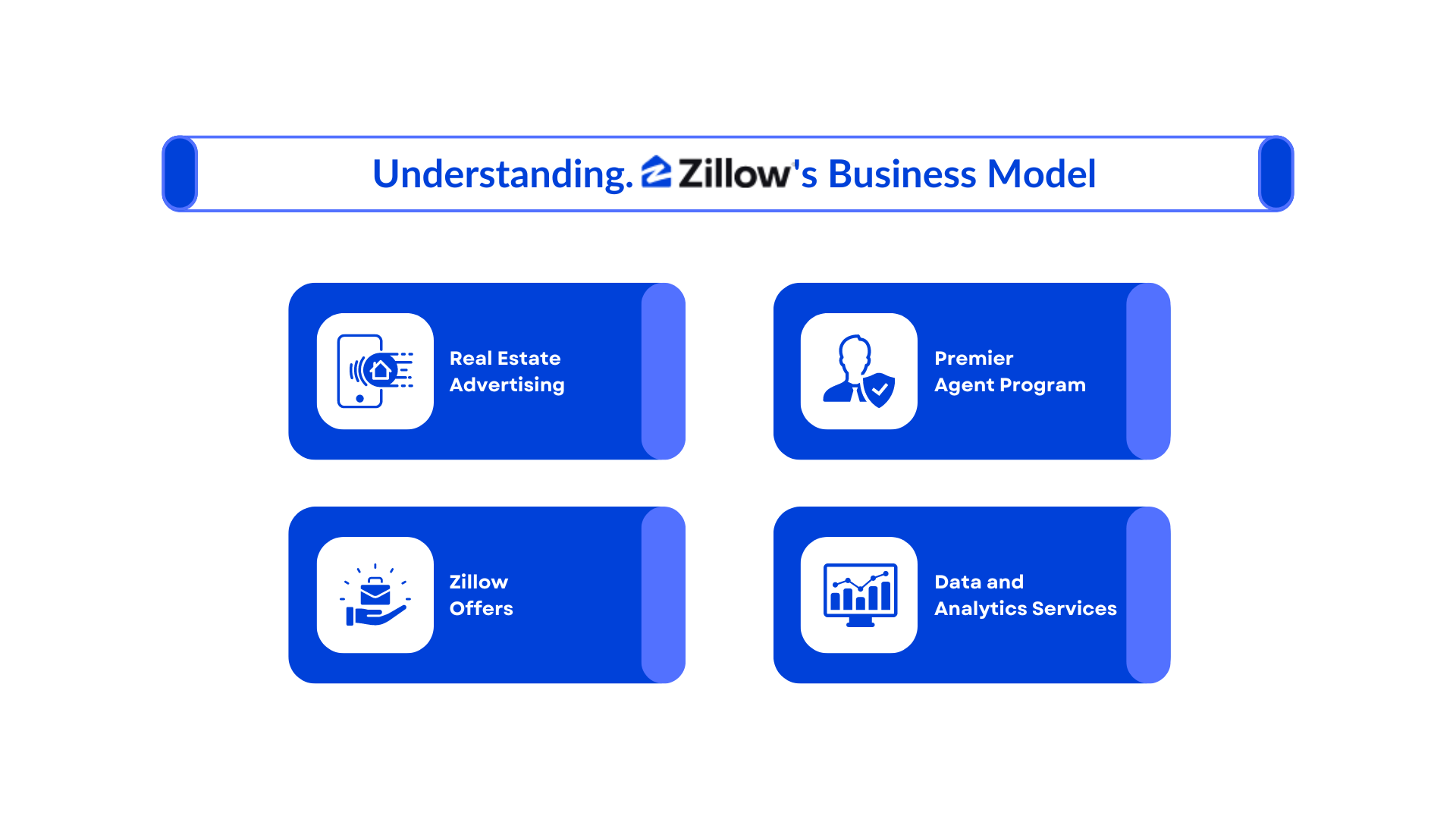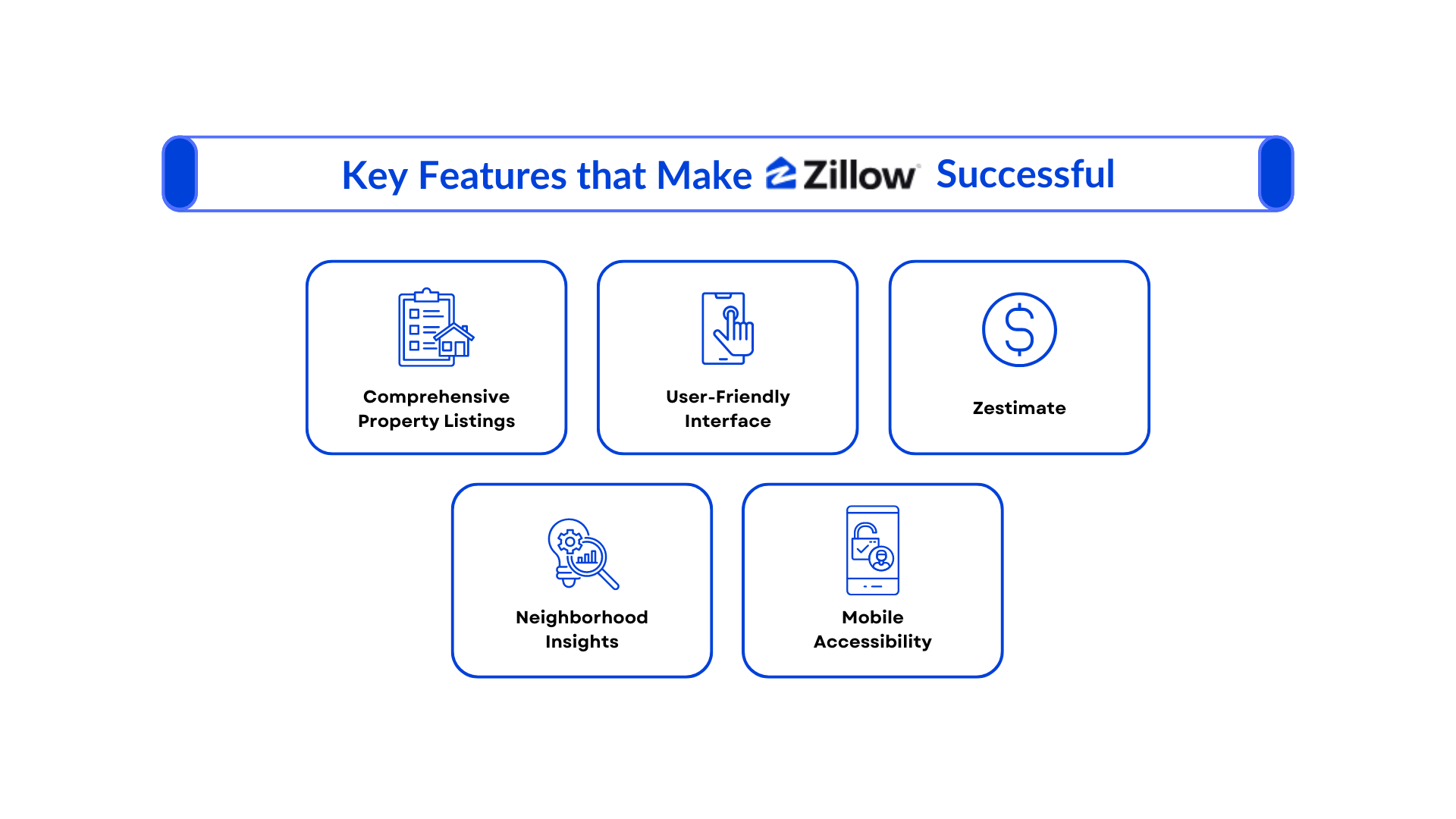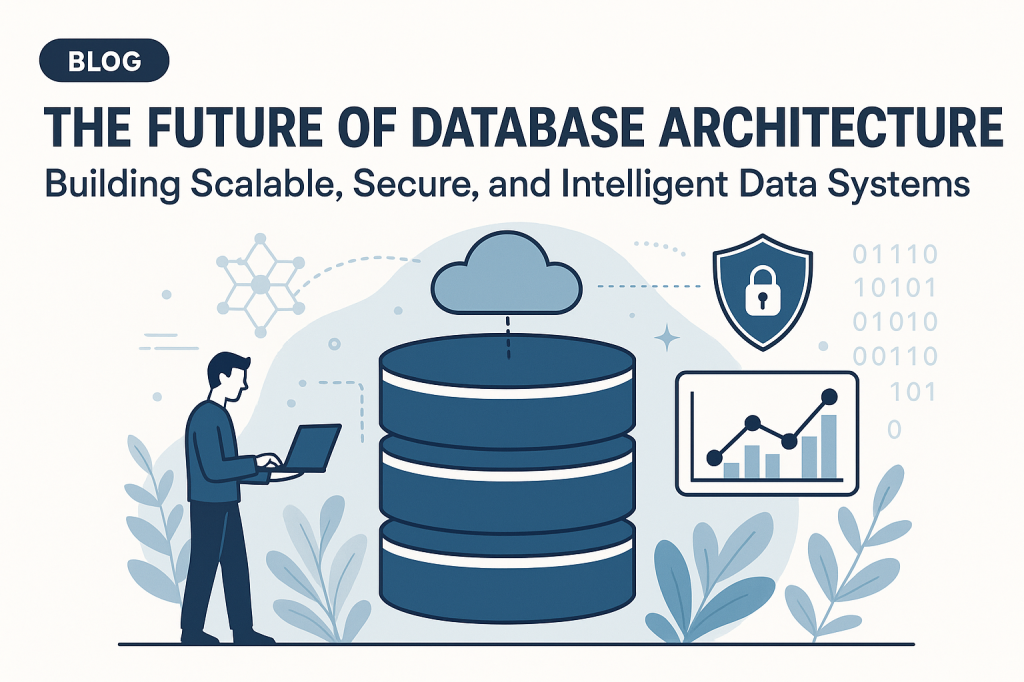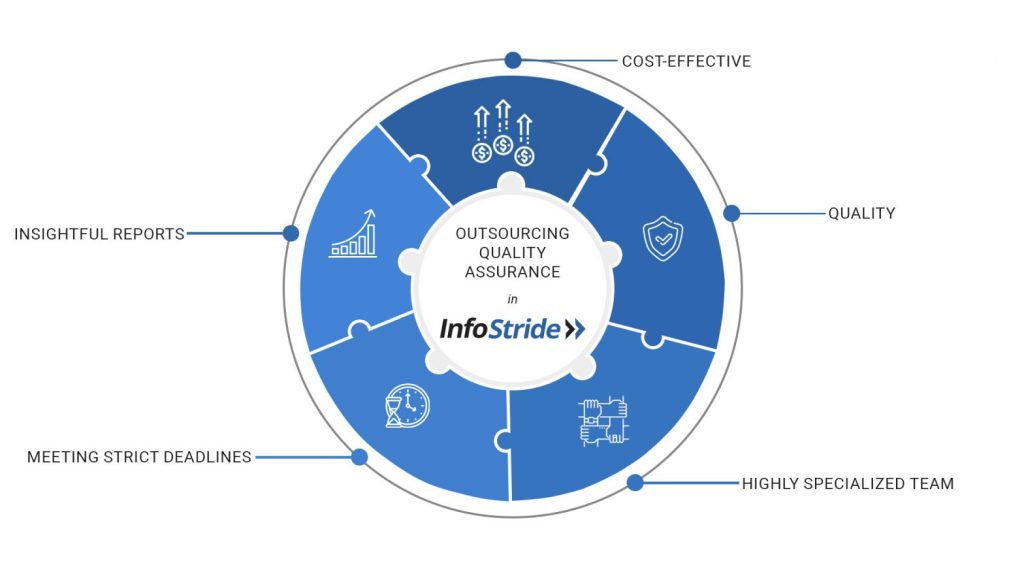In the dynamic landscape of real estate technology, few names resonate as profoundly as Zillow. Launched in 2006, Zillow revolutionized how people buy, sell, and rent properties by bringing comprehensive real estate data to the fingertips of millions. Its intuitive platform, featuring detailed property listings, neighborhood insights, and tools like Zestimate, has not only simplified property transactions but also empowered users with unparalleled market knowledge.
Zillow’s impact extends beyond convenience; it has reshaped consumer expectations and industry standards. By offering transparency and accessibility in real estate information, Zillow has set a benchmark for what a successful real estate app can achieve. In today’s hyper-connected world, where digital solutions drive decision-making, the demand for similar apps continues to grow.
Developing a real estate app like Zillow isn’t merely about replicating features; it’s about meeting evolving consumer needs and enhancing user experience. This blog explores the essential steps and considerations for entrepreneurs and developers looking to carve their niche in the competitive real estate market.
Understanding Zillow’s Business Model

Zillow operates primarily as an online real estate marketplace that connects buyers, sellers, renters, and agents. At its core, Zillow generates revenue through advertising and various premium services offered to real estate professionals. Here’s an overview of zillow business model:
- Real Estate Advertising: Zillow earns a significant portion of its revenue from real estate agents and brokers who advertise their listings on the platform. Agents pay to feature their properties prominently, ensuring maximum visibility to potential buyers and renters.
- Premier Agent Program: A cornerstone of Zillow’s revenue strategy is its Premier Agent program, where agents pay for exclusive leads in their chosen zip codes. This program provides agents with tools and services to enhance their visibility and effectiveness on the platform.
- Zillow Offers: Introduced in recent years, Zillow Offers allows homeowners to sell their properties directly to Zillow. Zillow then refurbishes and resells these homes, leveraging its vast data insights to make competitive offers.
- Data and Analytics Services: Zillow monetizes its comprehensive real estate database by offering data and analytics services to real estate professionals, investors, and other stakeholders. This includes detailed market reports, neighborhood insights, and property valuation tools like Zestimate.
Key Features that Make Zillow Successful:

- Comprehensive Property Listings: Zillow aggregates listings from multiple sources, offering users a vast inventory of homes for sale, rent, and recently sold properties.
- User-Friendly Interface: Zillow’s intuitive interface simplifies the search process with robust filtering options, interactive maps, and personalized recommendations based on user preferences.
- Zestimate: Zillow’s proprietary tool estimates the market value of properties, providing users with instant insights into property worth and trends.
- Neighborhood Insights: Detailed information on local amenities, school ratings, crime statistics, and demographic data enhances user decision-making.
- Mobile Accessibility: Zillow’s mobile app ensures users can access its features on-the-go, facilitating quick searches and notifications.
Understanding these aspects of Zillow’s business model and its key features provides valuable insights for developing a successful real estate app in today’s competitive market.
Step by Step Guide to Build a Real Estate App Like Zillow
Market Research and Planning
Before embarking on the development of a real estate website like Zillow, thorough market research and strategic planning are crucial steps to ensure success.
Conducting Market Research for Your App:
Effective market research lays the foundation for understanding the competitive landscape, identifying market trends, and pinpointing opportunities for differentiation. Key aspects of market research include:
- Competitor Analysis: Study existing real estate apps like Zillow, Redfin, and Realtor.com to analyze their features, strengths, weaknesses, and market positioning.
- User Feedback: Gather insights from potential users through surveys, focus groups, and user interviews. Understand their pain points, preferences, and expectations from a real estate app.
- Industry Trends: Stay updated on current trends such as virtual tours, AI-powered recommendations, and personalized user experiences shaping the real estate tech industry.
Defining Your Target Audience and Their Needs:
Identifying and understanding your target audience is critical for tailoring your app to meet their specific needs and preferences. Consider factors such as:
- Demographics: Age, income level, geographic location, and lifestyle preferences of your target users.
- Behavioral Insights: How users search for properties, their decision-making process, and preferred features in a real estate app.
- Segmentation: Segment your audience based on criteria like first-time homebuyers, renters, real estate investors, or luxury property seekers.
Setting Goals and Objectives for Your App Development Project:
Clear goals and objectives provide direction and benchmarks for your app development journey. Consider the following:
- Business Goals: Revenue targets, market share acquisition, customer retention rates, etc.
- User Experience Objectives: Enhancing usability, reducing search time, increasing engagement rates.
- Technical Milestones: Timelines for development phases, testing, and app launch.
By conducting thorough market research, defining your target audience, and setting clear goals, you can lay a solid foundation for developing a real estate app that meets market demands and user expectations.
Key Features of a Real Estate App
When developing a real estate app like Zillow, incorporating essential and advanced features is crucial to attract and retain users. Here’s a breakdown of the key features to consider:
Essential Features:
- Property Listings: Comprehensive database of properties for sale, rent, and recently sold, sourced from multiple real estate listings.
- Search Filters: Robust filtering options based on price, location, property type, size, amenities, etc., to facilitate precise property searches.
- Maps Integration: Interactive maps with property markers, neighborhood boundaries, and nearby points of interest for enhanced spatial understanding.
- Saved Searches: Ability for users to save preferred search criteria and receive notifications for new listings that match their preferences.
- Notifications: Real-time alerts for new listings, price drops, open houses, and status updates on saved properties.
Advanced Features:
- Mortgage Calculator: Tool to estimate monthly mortgage payments based on loan amount, interest rate, and term, helping users evaluate affordability.
- Neighborhood Insights: Detailed information on local amenities (schools, parks, restaurants), crime rates, school ratings, and demographic data.
- Virtual Tours: Immersive 3D virtual tours or video walkthroughs of properties, allowing users to explore homes remotely.
- Zestimate-like Feature: Property valuation tool providing estimated market values based on algorithms and real-time market data.
- Agent/Contact Integration: Direct communication channels with real estate agents, allowing users to inquire about properties or schedule viewings.
These features not only enhance user experience but also differentiate your app in a competitive market. By offering both essential functionalities and advanced tools, your real estate app can cater to diverse user needs and preferences effectively.
Certainly! Here’s the content for the section on choosing the right technology stack for your real estate app:
Choosing the Right Technology Stack for Real Estate App Like Zillow
Selecting the appropriate technology stack is crucial for the development of a robust and scalable real estate app like Zillow. Here’s how to make informed decisions for both backend and frontend technologies, while considering scalability and performance:
Backend Technologies:
- Databases: Consider using relational databases like PostgreSQL or MySQL for structured data storage of property listings, user profiles, and transactions. NoSQL databases like MongoDB can be useful for handling unstructured data such as images and documents.
- Servers: Opt for scalable and reliable server solutions such as AWS (Amazon Web Services) or Google Cloud Platform for hosting your backend infrastructure. These platforms offer robust support for managing server instances, databases, and data storage.
Frontend Technologies:
- Frameworks: Choose frontend frameworks like React.js or Angular.js for building interactive and responsive user interfaces. These frameworks offer component-based architectures, facilitating modular development and easier maintenance.
- Libraries: Utilize libraries such as Redux (for state management in React) or RxJS (for reactive programming in Angular) to enhance frontend performance and manage complex data flows.
Considerations for Scalability and Performance:
- Scalability: Design your architecture with scalability in mind by employing microservices architecture or serverless computing. This allows your app to handle increased traffic and data processing without compromising performance.
- Performance Optimization: Implement techniques like lazy loading for images and components, caching mechanisms for frequently accessed data, and optimizing API calls to reduce latency and enhance user experience.
- Load Testing: Conduct thorough load testing using tools like JMeter or Gatling to identify potential bottlenecks and optimize server configurations for optimal performance under heavy loads.
By carefully selecting backend and frontend technologies that align with your app’s requirements and considering scalability and performance from the outset, you can build a real estate app that is robust, efficient, and capable of handling future growth.
Designing the User Interface
Designing a user-friendly interface is paramount for a successful real estate app like Zillow. It not only enhances user satisfaction but also influences engagement and retention rates. Here’s how to ensure your app’s design meets user expectations and incorporates Zillow-like elements:
Importance of a User-Friendly Design:
A user-friendly design is crucial as it:
- Enhances Usability: Intuitive navigation, clear information architecture, and logical flow ensure users can easily browse listings, filter searches, and view property details.
- Improves Engagement: A visually appealing interface with interactive elements encourages users to explore more listings, save searches, and interact with the app frequently.
- Builds Trust: Clean design with consistent branding instills confidence in users, making them more likely to trust the app for their real estate needs.
UX/UI Best Practices for Real Estate Apps:
- Simplify Navigation: Use clear and concise menus, breadcrumbs, and search bars to help users find properties and features quickly.
- Optimize Search and Filter Options: Implement advanced search filters based on location, price range, property type, amenities, etc. Offer saved search functionalities for personalized user experiences.
- Focus on Mobile Experience: Ensure responsive design and mobile-first approach to cater to users accessing the app on smartphones and tablets.
- Visual Hierarchy: Prioritize important elements such as property photos, price, and location in listings. Use contrast, colors, and typography effectively to guide users’ attention.
Incorporating Zillow-like Design Elements:
While maintaining your app’s unique identity, consider incorporating Zillow’s successful design elements:
- Clean and Minimalistic Interface: Use whitespace effectively to reduce clutter and highlight key information.
- High–Quality Imagery: Showcase property photos prominently and ensure they are of high resolution to attract users’ attention.
- Interactive Maps: Implement interactive maps with property markers and layers for neighborhood insights and nearby amenities.
- Personalization: Offer personalized recommendations and saved preferences to enhance user engagement and retention.
By adhering to UX/UI best practices and incorporating Zillow-like design elements, you can create a real estate app that not only meets user expectations but also stands out in a competitive market.
Real Estate App Development Process
Choosing the right development methodology, adopting an MVP approach, and fostering collaboration are crucial aspects of successfully developing a real estate app like Zillow. Here’s how to navigate these elements effectively:
Agile vs. Waterfall: Choosing the Right Development Methodology
- Agile Methodology: Agile emphasizes iterative development and continuous improvement. It allows for flexibility in responding to changes and feedback throughout the development process. This approach is well-suited for dynamic projects like real estate apps where market trends and user preferences may evolve rapidly.
- Waterfall Methodology: Waterfall follows a sequential, step-by-step approach where each phase must be completed before moving on to the next. While it provides a structured framework, it may be less adaptable to changes during development, which can be a drawback in fast-paced environments.
MVP Development Approach and Its Benefits
MVP (Minimum Viable Product): Developing an MVP involves building a basic version of your real estate app with essential features to validate your app idea and gather user feedback early in the development cycle. Benefits include:
- Faster Time to Market: Launching a functional MVP allows you to enter the market sooner, gather user data, and iterate based on real-world usage.
- Cost Efficiency: Focus on core features minimizes development costs initially, allowing resources to be allocated based on validated user needs and priorities.
- User Feedback: Early user feedback helps in refining features, improving user experience, and aligning the app with market demands.
Collaboration Between Developers, Designers, and QA Teams
Effective collaboration among cross-functional teams is essential for seamless development:
- Developers: Responsible for implementing backend and frontend functionalities based on design specifications and user requirements.
- Designers: Create user interfaces (UI) and ensure a cohesive visual identity that aligns with user experience (UX) principles and brand guidelines.
- QA Teams: Conduct rigorous testing (functional, usability, performance) to identify bugs, ensure quality, and validate that the app meets design and functional requirements.
- Communication: Regular meetings, use of collaboration tools (e.g., Jira, Slack), and clear documentation facilitate effective communication and alignment among team members.
By selecting the appropriate development methodology, adopting an MVP approach, and fostering collaboration across teams, you can streamline the development process and ensure the successful creation of a real estate app that meets market needs and user expectations
Testing and Quality Assurance
Testing and quality assurance play a crucial role in ensuring the functionality, usability, performance, and security of your real estate app. Here’s why it’s important and the types of testing involved:
Importance of Testing for a Real Estate App:
- Functionality: Testing ensures that all features and functionalities of the app work as intended. It validates core functionalities such as property search, filtering, saving searches, notifications, and user interactions with listings.
- Usability: Usability testing focuses on the overall user experience (UX) and interface design. It ensures that the app is intuitive, easy to navigate, and meets user expectations in terms of design and usability.
- Performance: Performance testing evaluates how the app performs under various conditions, such as different user loads, network speeds, and device types. It helps identify and optimize areas affecting app responsiveness, loading times, and overall speed.
- Security: Security testing is critical to protect user data and ensure compliance with data protection regulations. It includes vulnerability assessments, penetration testing, and ensuring secure data transmission (e.g., HTTPS) and storage practices.
Types of Testing:
- Functionality Testing: Verifies that all features and functionalities work correctly according to the requirements and specifications.
- Usability Testing: Assesses the app’s ease of use, navigation flow, and user interface design from the perspective of target users.
- Performance Testing: Measures the app’s responsiveness, speed, stability, and scalability under expected and peak usage scenarios.
- Security Testing: Identifies and mitigates potential vulnerabilities, ensuring data protection, authentication mechanisms, and compliance with privacy regulations.
Ensuring Data Security and Privacy Compliance:
- Data Encryption: Implement strong encryption protocols (e.g., AES-256) to secure data at rest and in transit, ensuring user information and transactions are protected.
- Privacy Policies: Clearly communicate privacy practices to users, obtain consent for data collection and use, and adhere to data protection laws such as GDPR or CCPA.
- Regular Audits: Conduct regular security audits and compliance assessments to identify and address security gaps and ensure ongoing data protection measures.
By conducting thorough testing across these areas and prioritizing data security and privacy compliance, you can enhance the reliability, trustworthiness, and user satisfaction of your real estate app.
Launching Your Real Estate App
Launching your real estate app involves strategic planning and execution to ensure a successful introduction to the market. Here are key activities and strategies to consider:
Pre-launch Activities:
- Beta Testing: Conduct beta testing with a selected group of users to gather feedback, identify bugs, and test app performance in real-world scenarios. Use feedback to refine features and improve user experience before the official launch.
- Feedback Gathering: Solicit feedback from beta testers, industry experts, and potential users through surveys, focus groups, and usability tests. Address user concerns and incorporate suggestions to enhance the app’s functionality and usability.
App Store Optimization (ASO) Strategies:
- Keyword Optimization: Research and incorporate relevant keywords (e.g., real estate app, property search, home listings) in your app title, description, and metadata to improve visibility in app store searches.
- Compelling Description: Write a clear and engaging app description highlighting key features, benefits, and unique selling points (USPs) to attract potential users.
- High-Quality Visuals: Use high-resolution app icons, screenshots, and promotional videos that showcase the app’s interface, features, and benefits to entice users to download.
- App Ratings and Reviews: Encourage users to leave positive reviews and ratings by delivering exceptional user experiences and promptly addressing any issues or concerns raised by users.
Marketing and Promotion Strategies:
- Content Marketing: Create blog posts, articles, and videos that provide valuable insights into real estate trends, home buying tips, and neighborhood guides. Position your app as a valuable resource for potential homebuyers and renters.
- Social Media Campaigns: Leverage platforms like Facebook, Instagram, LinkedIn, and Twitter to promote your app, share user testimonials, showcase property listings, and engage with your target audience.
- Email Marketing: Build an email list of potential users and send targeted campaigns announcing the app launch, highlighting key features, and offering incentives such as exclusive access or promotional discounts.
- Partnerships and Collaborations: Partner with real estate agents, property developers, and industry influencers to amplify your app’s reach, gain endorsements, and access their networks of potential users.
- Press Release and PR Campaigns: Draft a compelling press release announcing the app launch, milestones, and unique features. Distribute it to relevant media outlets, industry publications, and online platforms to generate buzz and media coverage.
By executing a well-planned launch strategy that includes pre-launch activities, effective app store optimization, and comprehensive marketing efforts, you can maximize visibility, attract users, and drive downloads for your real estate app.
How Much Does it Cost to Develop a Real Estate App?
Developing a real estate app involves various costs that can vary based on the complexity of features, development approach, and technology stack. Here’s a breakdown of the real estate app development costs, factors influencing these costs, and tips for budgeting and financial planning:
Breakdown of Real Estate App Development Costs:
The average cost to develop a real estate app can range from $50,000 to $250,000 or more, depending on several factors:
- Basic Features: Building essential features such as property listings, search filters, user profiles, and notifications.
- Advanced Features: Including additional functionalities like virtual tours, mortgage calculators, integrated maps, and AI-powered recommendations.
- Design Complexity: Creating a user-friendly interface with high-quality visuals, intuitive navigation, and responsive design across devices.
- Technology Stack: Selecting backend and frontend technologies, cloud hosting services, and third-party integrations.
- Testing and Quality Assurance: Conducting thorough testing to ensure functionality, usability, performance, and security.
- Post-launch Support: Providing ongoing maintenance, updates, and support to address user feedback and maintain app performance.
Factors Influencing Real Estate App Development Cost:
- Development Team: Costs can vary based on hiring in-house developers versus outsourcing to development agencies or freelancers.
- Project Scope: Complexity of features, customization requirements, and scalability considerations impact development time and cost.
- Geographical Location: Developer rates differ globally, with higher costs in regions like North America and Western Europe compared to Asia or Eastern Europe.
- Additional Costs: Licensing fees for third-party tools, compliance with data protection regulations, and marketing expenses post-launch.
Budgeting and Financial Planning Tips:
- Define Project Scope: Clearly outline app features, functionalities, and MVP requirements to estimate initial development costs.
- Prioritize Features: Start with core features and prioritize based on user feedback and market demands to manage costs effectively.
- Research Development Partners: Compare quotes from multiple development agencies or freelancers, considering expertise, portfolio, and client reviews.
- Allocate for Contingencies: Set aside a contingency budget for unexpected expenses or scope changes during the development process.
- Long-term Financial Planning: Include post-launch expenses such as maintenance, updates, marketing campaigns, and ongoing support in your financial plan.
By understanding the breakdown of app development costs, identifying factors that influence these costs, and following budgeting and financial planning tips, you can effectively manage your real estate app development budget and ensure a successful launch within your financial constraints.
Future Trends in Real Estate Apps
Looking ahead, the evolution of real estate apps is poised to continue, driven by technological advancements and changing consumer preferences. Future trends in real estate apps may include:
- Augmented Reality (AR) and Virtual Reality (VR): Enhanced property viewing experiences through AR/VR technologies, allowing users to virtually tour homes and visualize renovations.
- Artificial Intelligence (AI) Integration: AI-powered features such as personalized property recommendations, predictive analytics for pricing trends, and chatbots for customer support.
- Blockchain for Transactions: Secure and transparent property transactions facilitated by blockchain technology, offering improved data security and efficiency.
- IoT Integration: Smart home features connected via IoT devices, providing real-time data on property conditions and enhancing convenience for homeowners and tenants.
These trends underscore the importance of innovation and user-centric design in shaping the future of real estate technology.
For businesses looking to develop a real estate website like Zillow, partnering with a trusted IT software development and consultation company like InfoStride can be instrumental. InfoStride offers expertise in MVP development services, custom software development, mobile app development services, and website development services. Whether you’re in the initial stages of planning or seeking to enhance your existing app, connect with InfoStride’s app development experts to leverage their industry knowledge and technical proficiency.
Frequently Asked Questions
1. What factors determine the cost of developing a real estate app?
The development cost depends on features like property listings, search filters, and advanced functionalities such as virtual tours and AI integration. Factors also include the complexity of design, chosen technology stack, and scope of the project.
2. How can I create a real estate app similar to Zillow?
To build a real estate app like Zillow, start by defining your app’s features and functionalities. Incorporate essential elements such as property search, maps integration, and user profiles. Consider partnering with a real estate app development company for expertise in MVP development and custom software solutions.
3. What are the key features that make a successful real estate app?
Successful real estate apps include features like comprehensive property listings, advanced search filters, interactive maps, saved searches, and notifications. Additional features such as mortgage calculators, neighborhood insights, and virtual tours enhance user experience and engagement.
4. How do real estate apps contribute to creating an online marketplace?
Real estate apps function as online marketplaces by connecting property buyers, sellers, and renters. They facilitate transactions, provide property information, and offer tools like property valuation and mortgage calculators to streamline the buying and selling process.
5. Why is MVP development important for launching a real estate app?
MVP (Minimum Viable Product) development allows you to launch a basic version of your real estate app with core features to validate your idea and gather user feedback early. It helps in reducing initial development costs, focusing on essential functionalities, and iterating based on market demand.
6. What are the benefits of using Agile methodology in real estate app development?
Agile methodology enables iterative development, allowing for flexibility and responsiveness to changes in market trends and user feedback. It promotes collaboration between development teams, ensures faster time-to-market for app updates, and enhances overall project transparency and efficiency.
7. How can app store optimization (ASO) strategies help in promoting a real estate app?
ASO strategies involve optimizing app metadata, including keywords related to real estate, app features, and location-specific terms. This helps improve app visibility in app store search results, attract organic downloads, and increase app discoverability among potential users.












